When thinking about a trip to Egypt, number one on most bucket lists is to see The Great Pyramid of Giza, created in honour of the pharaohs of the fourth dynasty. But this wasn’t the case for me. Unfortunately, discovering one of the world’s wonders wasn’t on my itinerary.
Despite this fact, my trip was still one to write home about. Egypt abounds with unbelievable ancient sites, and I found the following attractions quieter and just as memorable as any pyramid would be.
Luxor
Arriving in Luxor, colourful dances and performances by the locals throughout the markets greet you. It’s a once-in-a-lifetime experience that will leave you in awe.
As the harsh Egyptian light shines over you and the mountains surrounding the city, discover this modern city filled with ancient ruins. Home to Luxor Temple and the Valley of Kings, it will bring to light some of the histories that make Egypt so notable.
Luxor Temple
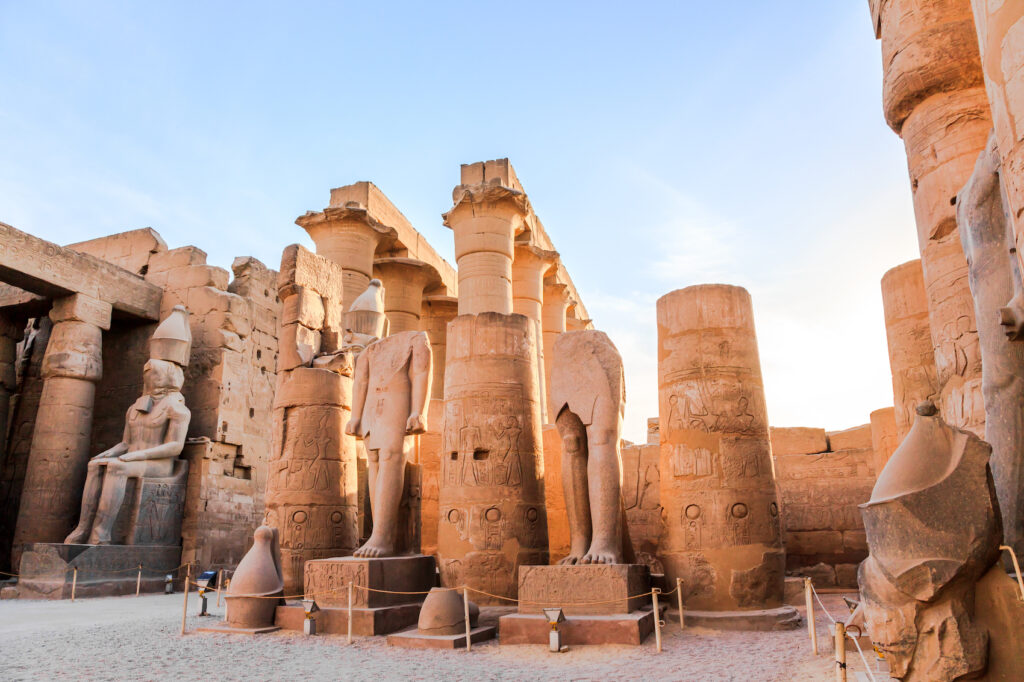
Located on the east bank of the Nile River, Luxor Temple is the best preserved of all ancient Egyptian monuments. Yes, even better than the pyramids. With sandstone that glows in the evening sun, this open-air museum is a truly remarkable sight.
For thousands of years, the temple was buried beneath the streets of Luxor, with homes and various places of worship unknowingly built atop it. When the temple was finally uncovered, the mosque of Sufi Shaykh Yusuf Abu al-Hajjaj that sat above ground was carefully preserved, and it now forms an integral part of the site.
Visiting Luxor Temple provides a glimpse into how important the Pharaohs were in Ancient Egypt, from hosting glamorous feasts to storing the valuables of the royals and even a place of coronation for them.
Valley of the Kings
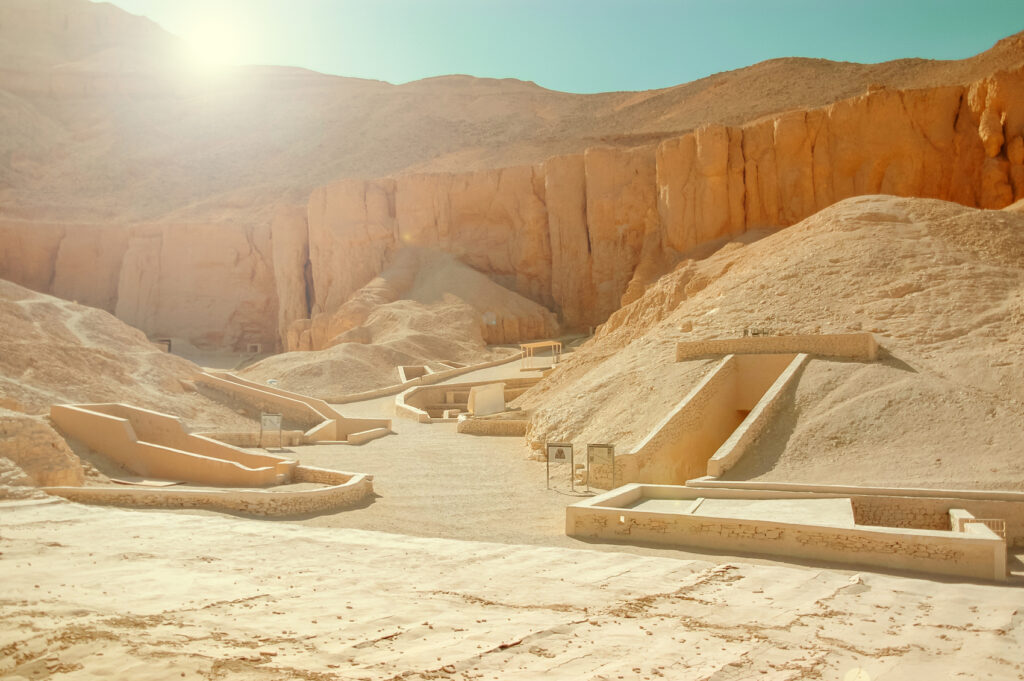
The resting place of the pharaohs Tutankhamun, Seti I, and Ramses II, the Valley of the Kings, really stands to its name. It’s been the preferred burial place for kings since 1500 BC, and one of the world’s most famous archeological sites. Almost all the 63 uncovered tombs have been looted since their discovery, but you can still get a sense of the opulence the pharaohs and other notables lived. To this day, excavation and exploration still occurs, with new discoveries happening on the regular.
Start your visit to the Valley of the Kings in the airconditioning at the new visitor centre, before hopping on a tram or walking along the road to get to the entrance of the tombs. Not all of the tombs are open to the public, but those of Tutankhamun, Ramses IX, and Tausert and Setnakht are (additional fees apply to enter Tutankhamun’s tomb).
The Nile River
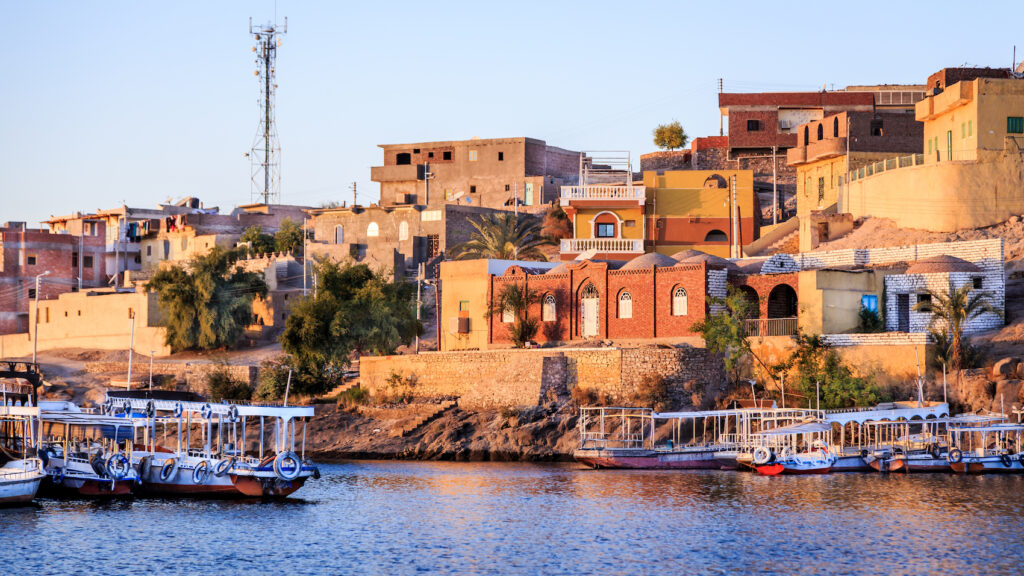
Considered the life source of Egypt, the Nile River facilitates the movement of food, water, and travellers through all of Egypt. Even today, families can be seen on the river banks, collecting water for the day. From sightseeing day trips or extended cruises, you can spend as much time on its waters and banks as you need, learning all you can.
The Nile fosters a diverse ecosystem, so you’re bound to find some of your favourite animals cruising the waters. Crocodiles defend the banks, while boulder-like hippos own the streams. If you’re lucky enough, you’ll even get the chance to see Nile monitors.
Abu Simbel
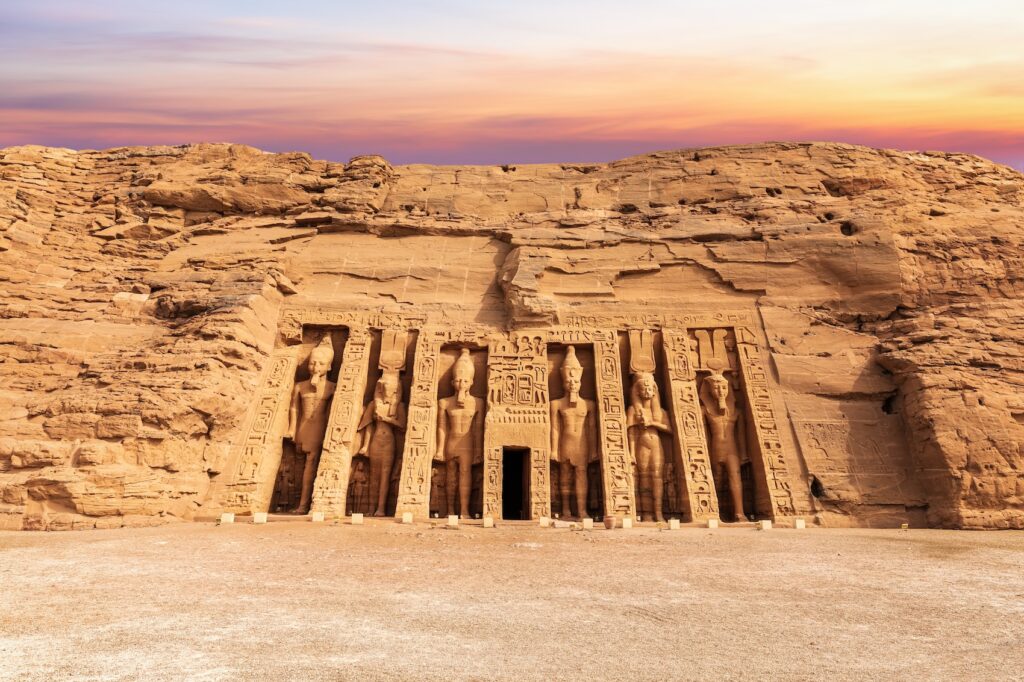
The grand and awe-inspiring Abu Simbel, built by king Ramesses II, is considered one of the most beautiful sights in Egypt. It’s also one of the most unique, consisting of two towering temples carved into the rock surrounding the village. King Ramesses II built the larger temple in the likeness of himself and the second, smaller temple to his wife, Queen Nefertari.
Some say that architects built the temples on a particular axis to create a biannual phenomenon where the sun penetrates the temples and illuminates the sculptures on the back wall. Supposedly, the two days that the sun aligns represent the birth and coronation of king Ramesses II.
Mortuary Temple of Hatshepsut
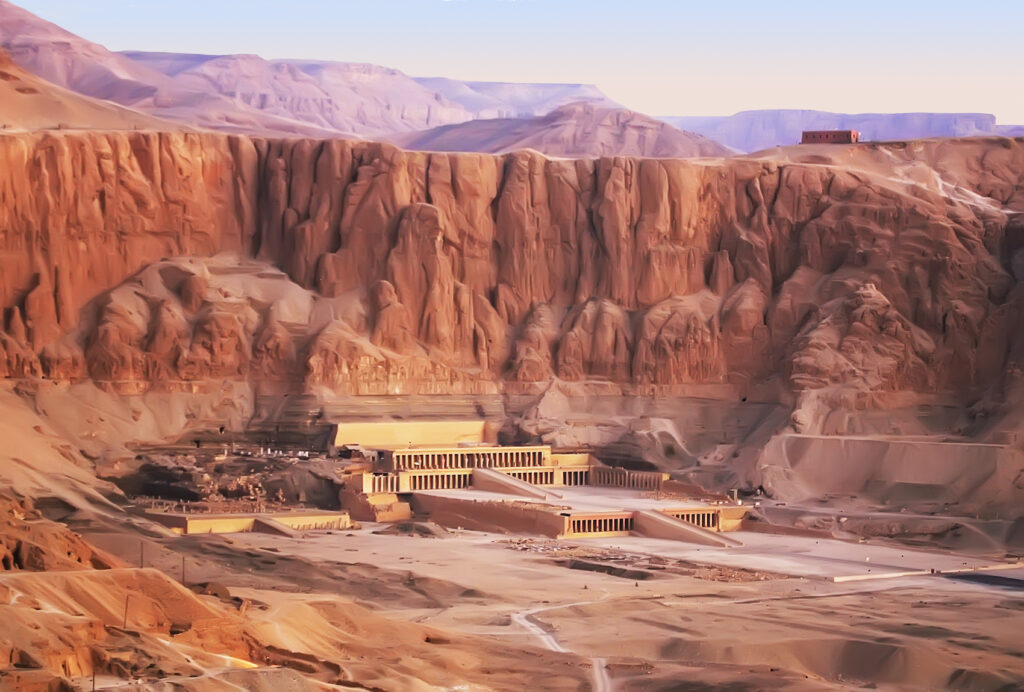
This temple, beneath the cliffs of Deir El-Bahari, was built in honour of its namesake, queen Hatshepsut, the most famous and accomplished female pharaoh. Over three levels, ornate carvings tell of her life story, including her greatest accomplishment: reconnecting Eygpt to the world by re-establishing disrupted trade routes.
Unfortunately, most of what we know about this great ruler was destroyed by her successor Thutmose III. Whether he wanted to remove a strong female ruler’s existence or, as the Egyptians believed, deny her from entering an afterlife, is unknown. It will forever be a mystery.
Travel around the world with So Where Next
Lead image: Fynn schmidt






